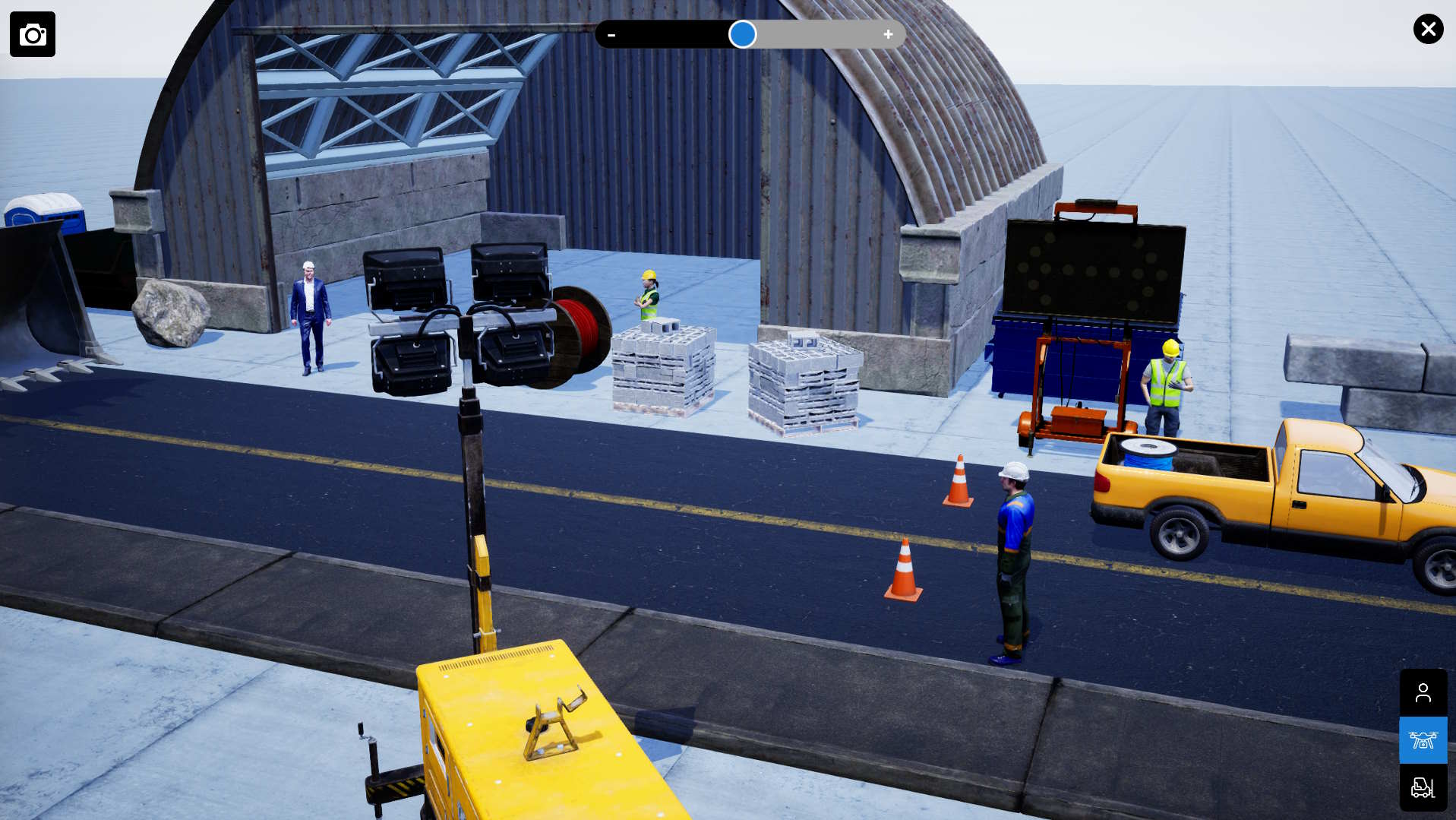From Manual Drafting to Advanced 3D Visualization in Manufacturing

From Manual Drafting to Advanced 3D Visualization: How Liveline® is Shaping the Future of Manufacturing Design
In the early days of manufacturing, the creation of plans and technical drawings was a meticulous task carried out by hand. Engineers and draftsmen used drawing boards, rulers, compasses, and pencils to sketch every detail with precision. This manual drafting method, while accurate, was incredibly time-consuming and prone to human error. Each change or revision meant redoing parts of the drawing, which slowed down the entire design process.
Manual drafting required immense patience and attention to detail. Even the smallest mistake could lead to significant delays. Additionally, storing and archiving large sets of paper drawings was cumbersome and space-consuming. Sharing these drawings with other team members or clients also posed logistical challenges, often requiring physical transportation.
The introduction of computer-aided design (CAD) software in the early 1980s marked a significant turning point in the manufacturing industry. Among these tools, AutoCAD emerged as a pioneer, offering a digital solution forcreating 2D drawings. This transition from manual to digital drafting brought ahost of benefits. AutoCAD enabled draftsmen to create, edit, and store drawings digitally. Revisions and modifications could be made quickly without the need for erasing and redrawing. The software's precision tools ensured higher accuracy in measurements and details, significantly reducing errors. Digital files could be easily stored, duplicated, and shared, facilitating better collaboration among teams.

One notable example of AutoCAD's impact is in the automotive industry. Manufacturers could now design complex parts and assemblies with unprecedented precision. This led to faster prototyping and reduced time-to-market for new models. Companies that adopted AutoCAD early on gained a competitive edge by streamlining their design processes and improving product quality.
While AutoCAD revolutionized 2D drafting, it was still fundamentally atool for creating two-dimensional representations of objects. The next leap intechnology would push the boundaries further, introducing three-dimensional visualization.
The Rise of 3D Visualization in Manufacturing
As the manufacturing industry continued to evolve, so did the tools and technologies used by engineers and designers. The emergence of 3D CAD software allowed for the creation of three-dimensional models, providing a more comprehensive view of designs before they were physically produced. This shift from 2D to 3D visualization brought several key advantages. Three-dimensional models offered a more realistic representation of the final product, improving comprehension and reducing misunderstandings. Designers could create virtual prototypes, identifying potential issues and making adjustments before manufacturing began. Moreover, 3D models facilitated clearer communication between design teams, clients, and stakeholders, ensuring everyone shared thesame vision.

The aerospace industry, for example, benefited immensely from 3D visualization. Engineers could simulate flight conditions and test components virtually, leading to safer and more efficient aircraft designs. Similarly, the construction industry embraced 3D modeling to create detailed architectural plans, improving project planning and execution.
Liveline®: Leading the Way in 3D Visualization Technology
In today's fast-paced manufacturing environment, tools like Liveline are at the forefront of technological advancement. Liveline®'s intuitive interface and powerful visualization capabilities enable sales and engineering teams to design, refine, and showcase 3D layouts more efficiently than ever before. Liveline®’s tools are designed for ease of use, allowing teams to quickly create high-quality 3D presentations and videos. Customizable options ensure that each presentation is tailored to the client's needs, enhancing proposals and driving engagement. This personalized approach helps companies stand out in competitive markets.

Consider a manufacturing company that uses Liveline® to create interactive 3D models of their products. Sales teams can present these models to potential clients, allowing them to explore and interact with the product ina virtual space. This immersive experience helps clients visualize theproduct's features and benefits, leading to higher conversion rates.
By streamlining the design process, Liveline® helps teams save valuable time, allowing them to focus on innovation and client satisfaction. The abilityto quickly iterate and refine designs means that companies can respond faster to market demands and stay ahead of the competition.
Conclusion: The Future of 3D Visualization in Manufacturing
The journey from manual drafting to advanced 3D visualization has transformed the manufacturing industry, making design processes faster, more accurate, and more collaborative. As technology continues to evolve, companies like Liveline® are leading the charge, providing cutting-edge tools that empower teams to bring their visions to life with unparalleled precision and efficiency.
Looking ahead, the integration of artificial intelligence (AI) and augmented reality (AR) with 3D visualization tools promises to further revolutionize the industry. AI can optimize design processes by automating repetitive tasks and providing data-driven insights, while AR can enhance theway we interact with 3D models in real-world environments.
Manufacturers who embrace these advancements will be well-positioned todrive innovation and maintain a competitive edge. The future of manufacturing lies in the seamless integration of technology and creativity, and Liveline® is poised to play a pivotal role in this exciting journey.




.jpg)








